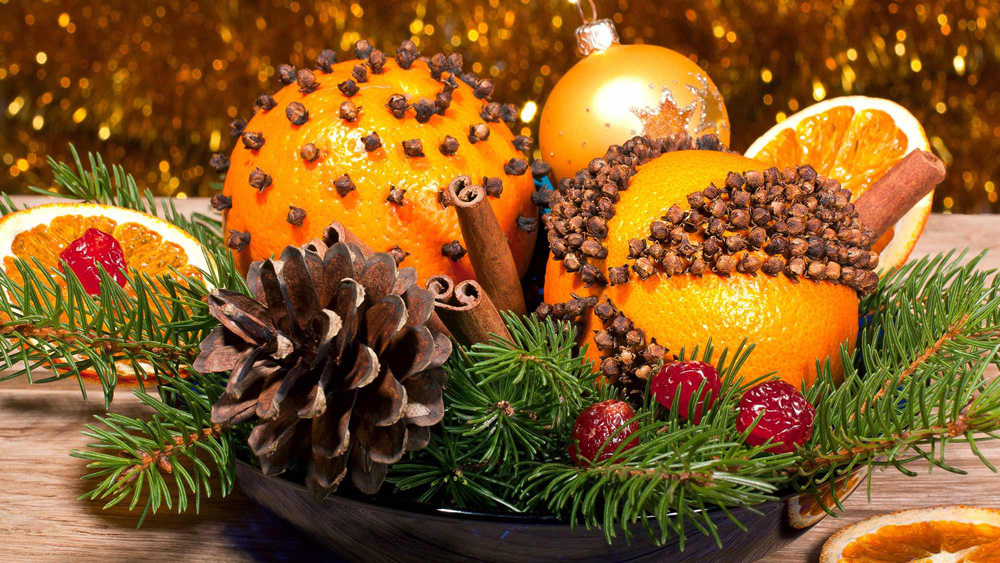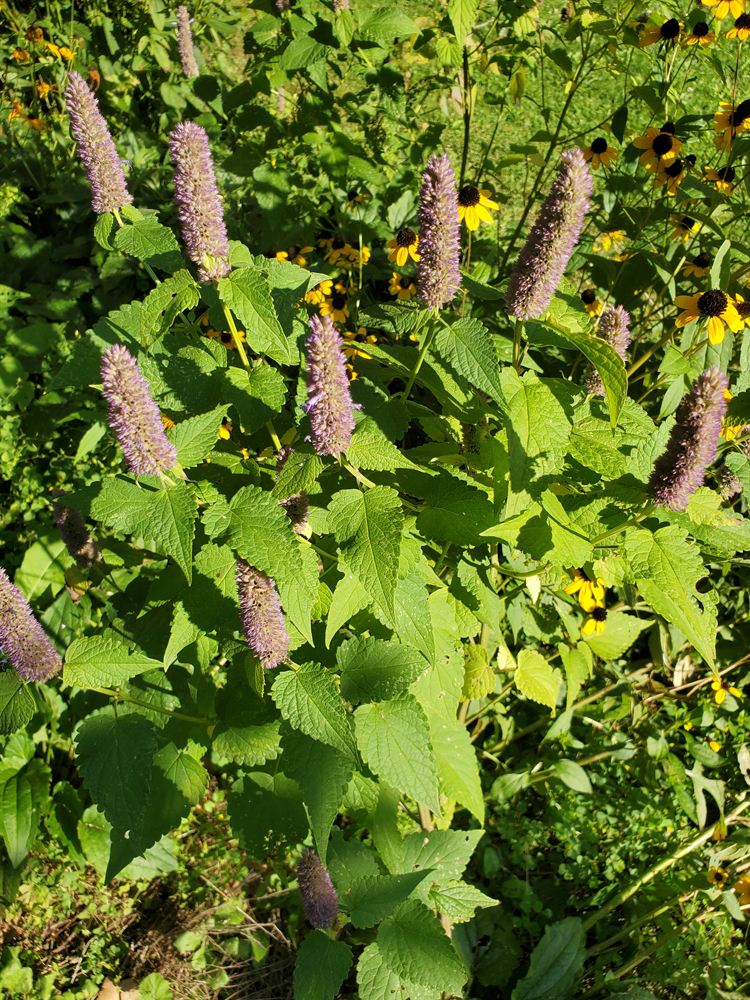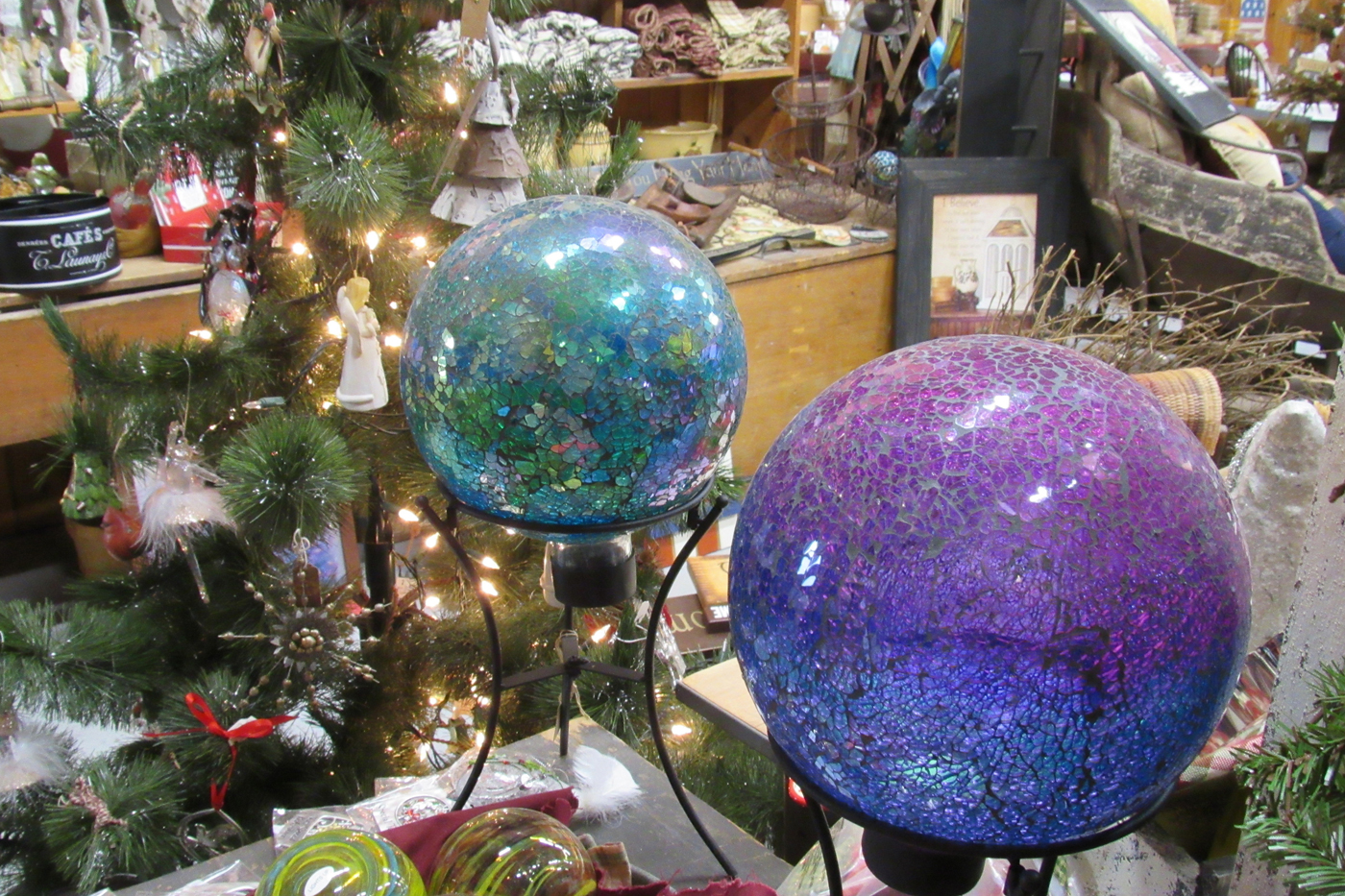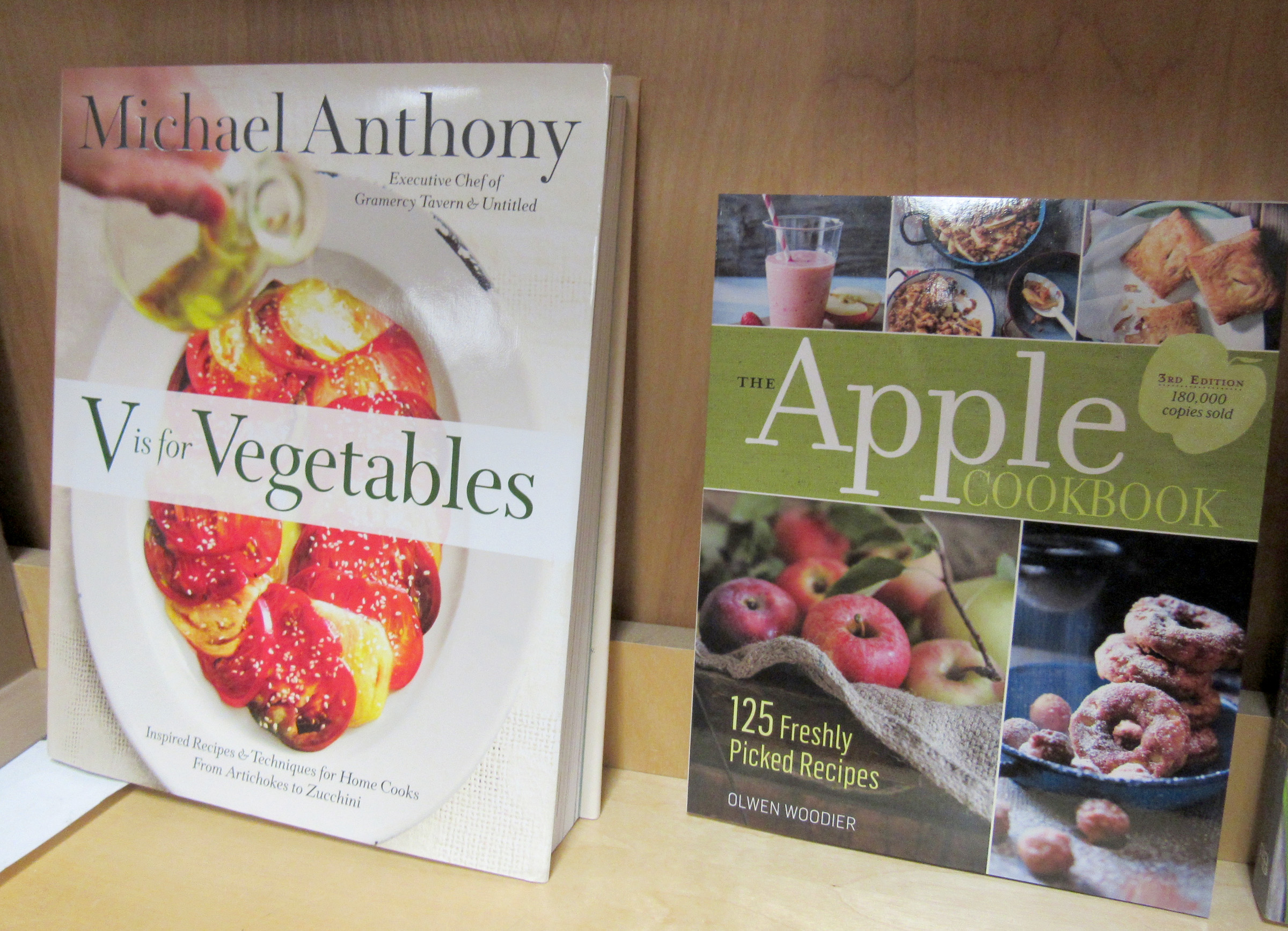Have yourself a merry plant-scented Christmas

The wonderful spicy and sweet scents that are so much a part of our holiday celebrations all come to us from plants. Whether it be gifts, decorations, or foods, plants play a big part in our holiday celebrations. Think of all the wonderful aromas we enjoy at this time of year. It may be cold, dark, and dank outside, but inside are warm scents of spices, citrus, mint, and pine.
Here is a bit of background on some of the plants and plant parts that add so much to our holidays and help to make them so memorable.
Evergreens play a big roll in both interior and exterior decoration during the holidays and there is nothing like the scent of fresh cut pine, spruce, and fir. Evergreens were first brought into homes at this time of year as a sign of life during the darkest time of the year. Evergreens are used for Christmas trees, and balsam fir has an especially good reputation for its fresh, piney scent. Even if you don’t have a real Christmas tree, you can still use fresh cut evergreens for centerpieces, garlands, and swags. Just a small amount can go a long way and make a beautiful and aromatic statement in your home.
What would the holidays be without fresh citrus which comes into season just in time for our celebrations. Oranges look amazing with evergreens as a decoration and their peels can be used in potpourri. Look for kumquats, lemons, limes, and grapefruit in addition to oranges to add color and fresh scents to your home this holiday.
The scent of spices in holiday baked goods is such a big part of this time of year. Baking with cinnamon, nutmeg, ginger, and anise fills the kitchen and home with warm, enticing, and exotic scents. Warm spiced ciders and wassails also smell delicious when set out for special meals and parties. These spices come from various parts of plants.
Anise (Pimpinella anisum) also known as aniseed, comes from the Mediterranean and southwest Asia and has a licorice flavor and scent. It is a flowering plant and resembles dill with large, umbrella shaped flowers and seed heads. You can try growing aniseed in your own garden. Star anise is not related to aniseed and is a seedpod from an evergreen tree, Illicium verum. Native to China, star anise makes a great addition to potpourri with its beautiful, eight-pointed star shape.
Cinnamon is a well-known and flavorful spice with an amazing scent. It is the inner bark of several tree species from the genus Cinnamomum, which are evergreen trees native to India, Indonesia and China. The inner bark is pried off after the outer bark is removed and as it dries, it curls into long rolls.
Cloves are the flower buds of an evergreen in the myrtle family named Syzygium aromaticum. The plant is native to Indonesia and has a strong scent and flavor. If you have ever smelled a carnation, it has a clove scent. Cloves are a component of pumpkin and apple pie spices and whole cloves are used to make pomanders by inserting them into the rinds of whole oranges and other citrus fruits. Cloves are harvested when flower buds are about 3/4 inches long.
Another holiday spice favorite is nutmeg, popular in spice blends and in eggnog. Nutmeg is the seed of Myristica fragrans, an evergreen tree which grows in Indonesia. If you have ever had mace, it is a spice made from the reddish covering of the nutmeg seed, called the aril. Mace is not as strong as nutmeg.
Finally, let’s not forget about mints. You might enjoy growing mint in your home garden and using it fresh during the summer. Peppermint especially is associated with the holidays as bright red and white candy canes and other festive hard candies are often flavored with peppermint. The scent is very refreshing. Mint family plants can be identified by their stems, which have a square cross section. If you do grow mint, it can be aggressive. Planting in pots can help keep mint contained.
Happy and well-scented holidays to all!




